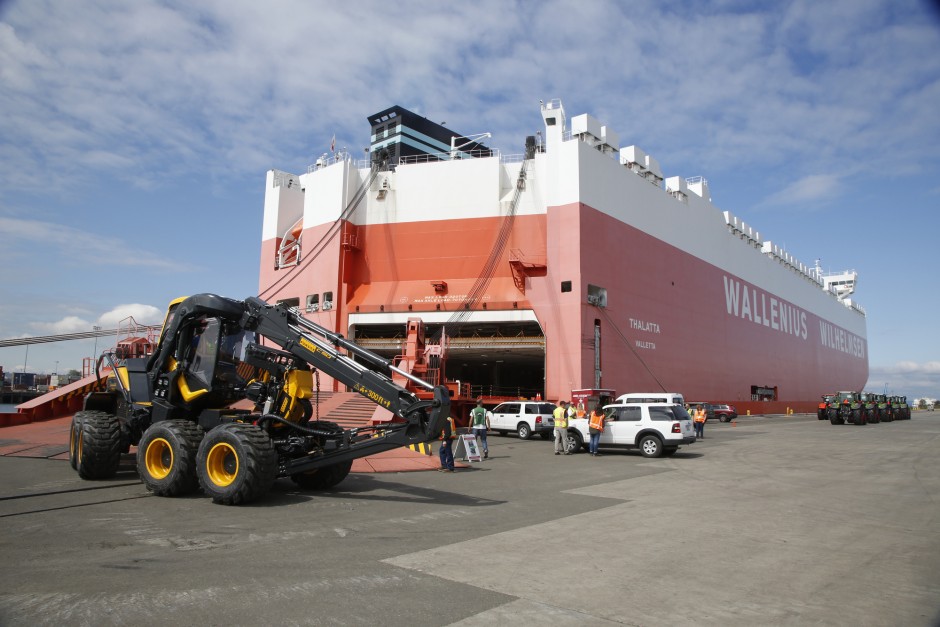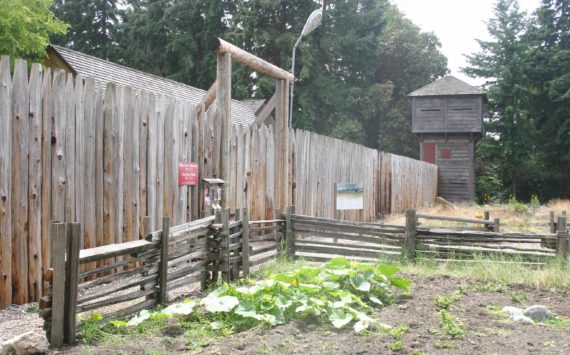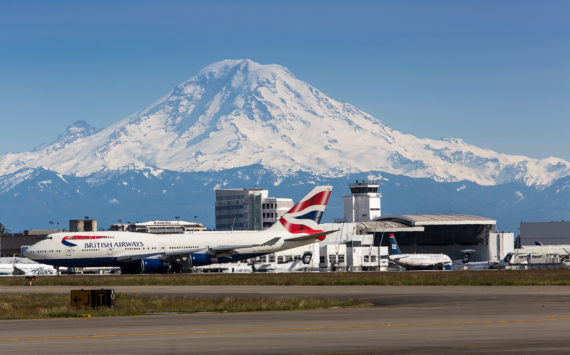A new high efficiency vessel designed specifically to take advantage of the widened Panama Canal and reduce its carbon footprint arrived Aug. 9 at East Blair One terminal in Tacoma.
The first-call visit by the Wallenius Wilhelmsen Logistics (WWL) MV Thalatta indicates the larger locks in Panama open new opportunities for both roll-on/roll-off (Ro/Ro) and container cargoes moving through the Pacific Northwest. The new locks opened in June and allow transit of much larger vessels.


“The wider Panama Canal provides our gateway with expanded capacity to global markets, particularly in Europe, the Mediterranean and South America,” said Bari Bookout, the NWSA’s chief commercial officer for non-container. “The new locks allow carriers like Wallenius Wilhelmsen Logistics to develop larger, more efficient vessels to meet customer demand and regulatory requirements.”
The Thalatta is the second in WWL’s High Efficiency Ro/Ro (HERO) fleet, designed to increase capacity and cargo flexibility while reducing emissions. Its sister ship, the MV Themis, is expected to visit the NWSA this fall.
At 650 feet long (200 meters) and 120 feet wide (36.5 meters), the Thalatta has capacity to transport up to 8,000 vehicles. The vessel features five liftable decks to allow for multiple configurations and a wide variety of cargoes. A shallower draft gives these ships access to a wider range of ports globally.
WWL has environmental ambitions for a zero emissions future, and the Thalatta includes several innovations to reduce fuel consumption and its environmental impact. Most notable is the new Exhaust Gas Cleaning System that ensures sulphur emissions comply with the Emissions Control Area (ECA) regulations. The system also reduces particulate emissions by 70 percent, and significantly reduces other emissions.
Additionally, the vessel is significantly wider that other Ro/Ro vessels, so it requires less ballast water to maintain vessel stability. That improves vessel efficiency and reduces the environmental risk of invasive species.
WWL expects to deploy a total of eight HERO vessels before the end of 2017.
Port to extend gate hours
The Northwest Seaport Alliance will reimburse up to $2 million to extend gate hours at its international container terminals in Seattle and Tacoma during peak season.
With cargo owners forecasting a 3 to 5 percent increase in volume during peak season, which will start in late August and continue through early November, the alliance proposes to help the marine terminal operators avoid congestion on surface streets in the port industrial area and keep import and export cargo flowing efficiently.
This program will reimburse terminal operators for some of the costs to operate flexed gates from 7 a.m. to 8 a.m. and lunch gate hours Monday through Friday during peak season.
It also would provide one off-shift gate per week. Off-shift gates are after 5 p.m. Monday through Friday or any shift on the weekend.
– Northwest Seaport Alliance








